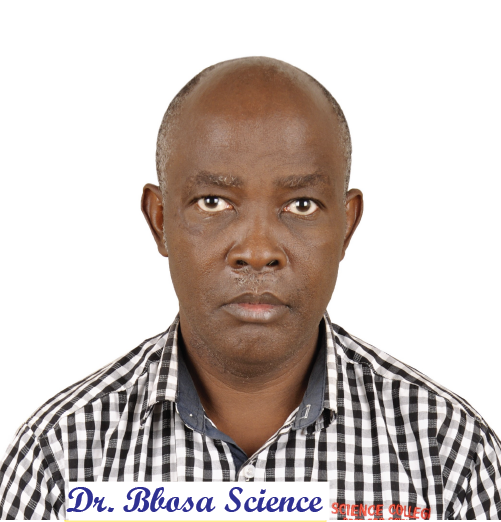
Factors that favored growth of nationalism and attainment of independence in Guinea Bissau

Several factors contributed to the growth of nationalism and the attainment of independence in Guinea-Bissau:
Charismatic Leadership: The founding of the African Party for the Independence of Guinea and Cape Verde (PAIGC) by Amílcar Cabral in 1956 was a pivotal moment. Cabral’s leadership and vision united various nationalist groups and mobilized the population.
Support from Socialist Countries: PAIGC received military and economic assistance from the Soviet Union, China, Cuba, and other socialist countries.
African Solidarity: Other African nations and the Organization of African Unity (OAU) supported PAIGC’s efforts.
Effective Military Strategy: PAIGC employed guerrilla tactics effectively, gradually gaining control over large parts of the country.
Liberated Zones: The establishment of liberated zones allowed PAIGC to implement democratic, economic, and social reforms, gaining the support of the local population.
Ethnic Unity: Despite ethnic diversity, PAIGC managed to downplay ethnic divisions and foster a sense of national unity.
Educational Advancements: Increased literacy and education helped spread nationalist ideas and awareness among the population.
Cold War Dynamics: The Cold War played a role, with PAIGC receiving support from the Soviet Union, China, Cuba, and other socialist countries
Repressive Measures: The harsh and repressive measures used by the Portuguese colonial administration fueled the desire for independence.
Economic Exploitation: The exploitation of Guinea-Bissau’s resources and the general suffering of the population under Portuguese rule created widespread discontent.
Refusal to Negotiate: The Portuguese government’s refusal to consider a negotiated settlement for independence prolonged the conflict.
Inspiration from Other Independence Movements: The global wave of decolonization and the success of other African nations in gaining independence inspired the people of Guinea-Bissau to pursue their own freedom.
These factors combined to create a strong and sustained movement for independence, ultimately leading to Guinea-Bissau’s independence on September 10, 1974.
Please obtain free notes, exams and marking guides of Physics, chemistry, biology, history, economics, geography … from digitalteachers.co.ug website.
Thanks
Dr. Bbosa Science

I like the helpfull info yoou provide inn our articles.
I’ll bookmark your weblog annd check againn heree
regularly. I’m quite sure I will leartn many neew stuff rught here!
Bestt off lck forr thhe next!